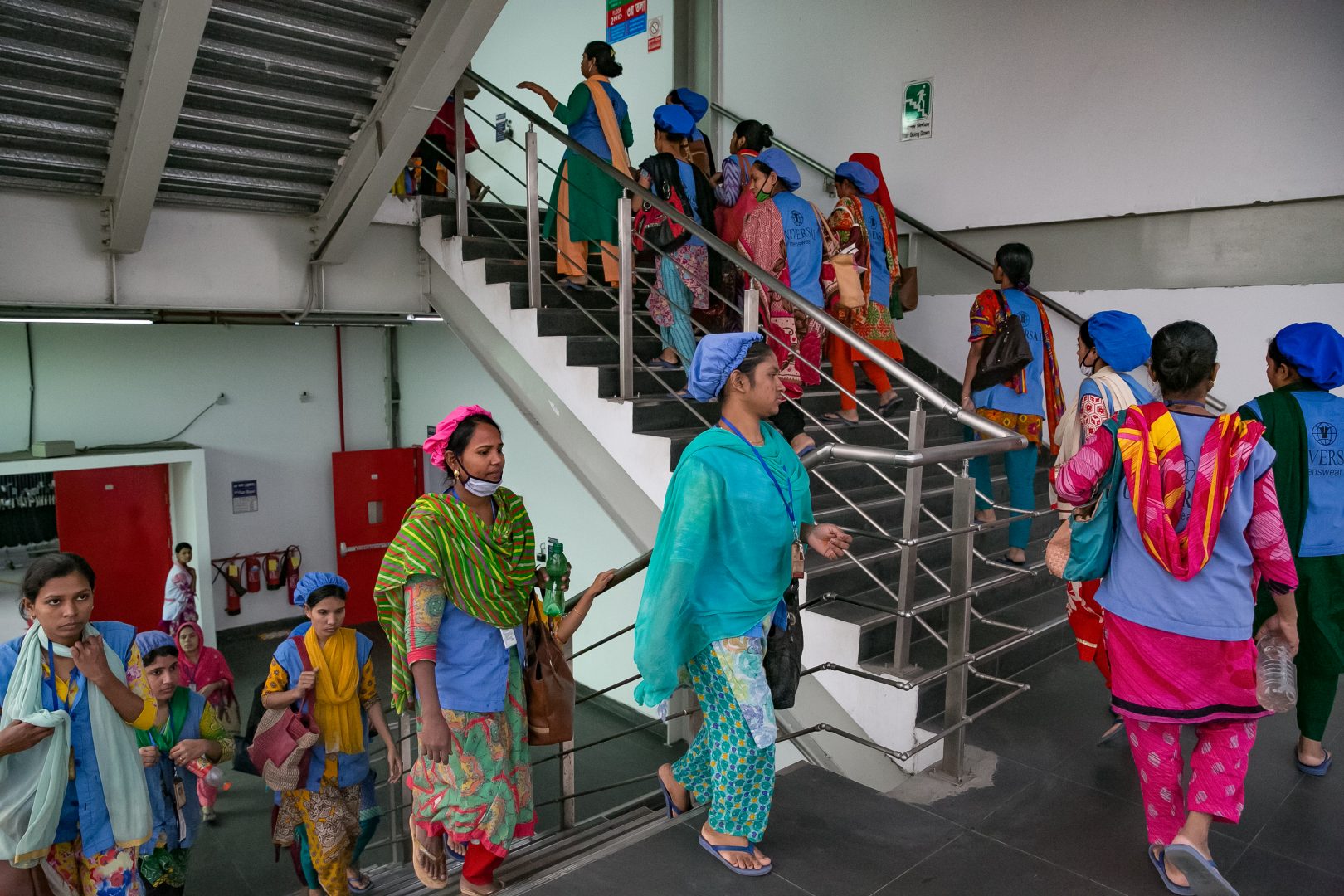In 2019 flows of foreign direct investment (FDI) into Asia’s least developed economies fell 27 per cent from the year before, a steep drop to around $9 billion. For the previous 8 years the figure for the region had been steadily climbing.
However, while neighbours such as Bangladesh were hit by the decline Nepal bucked the trend with a 176 per cent increase in capital inflows, primarily driven by investment into hydropower projects.
This growth is unlikely to continue. The COVID pandemic has paused projects and as a result of the crisis, foreign direct investment fell by 42 per cent worldwide in 2020. And as investors try and navigate the post-COVID recovery more challenging markets are unlikely to attract capital as easily and Nepal faces economic pressure as a result of potentially volatile remittance inflows. The World Bank estimates that roughly a third of the population in Nepal lived close to the poverty line prior to the pandemic, which has had a major impact on jobs and incomes. A recent survey suggests more than two in five economically active workers reported a job loss or prolonged work absence in 2020.
No country has ever escaped poverty without investment that creates jobs, generates taxes for public services and removes the need for aid handouts.
Last month a group of development finance institutions, including CDC, launched Nepal Invests, an innovative market building platform aimed at accelerating investment into the country.
Formed from a pilot initiative as part of the annual DFI Fragility Forum with Oxford University, the platform brings together development finance institutions (DFIs) with development partners.
Nepal Invests is designed to tackle the systemic issues which prevent investment in the country, such as barriers to the growth of the private equity and venture capital industry. At the same time, the platform will also look at increasing environmental, social, and governance standards in these industries within Nepal and explore financing options for Small and Medium Enterprises (SMEs) by carrying out a feasibility study. CDC’s contribution towards Nepal Invests is funded through our technical assistance facility, CDC Plus, by UKaid from the British government.
Because the pilot is one of the first collaborative efforts between development finance institutions and development partners in Nepal getting the project off the ground relied on buy-in and commitment from a large and varied number of organisations, at a time when resources are stretched.
“So many things have to align for a platform like this to make sense. To design a successful pilot that builds on and combines the investment capabilities of CDC, FMO, and other DFIs with the expertise of development partners such as the Swiss Agency for Development and Cooperation, we had to find a sweet spot that is relevant to both sides,” says CDC’s Alex Kucharski, who co-led the design of Nepal Invests.
“While Nepal is a relatively small market, the issues Nepal Invests is trying to address are nevertheless complex. The benefit of the pilot scheme is the highly targeted approach which allows us to try and achieve impact through a focus on key areas.”
Jörg Frieden, Chairman of SIFEM – another partner in the platform- and former Swiss Ambassador to Nepal agrees: “DFIs have a level of technical but also psychological competence of closeness with private actors that agencies working with public sector, rightly, don’t have”.
There is a space for us to deepen our presence and increase our relevance by adopting this more systemic approach and not only deal oriented activities.”
This collaboration between private and public actors, led by DFIs and powered by a technical assistance platform, is distinctive in its attempt to solving in-market inefficiencies to lay the foundations for future investments into the country. While it has so far only been used by CDC and FMO in Nepal and trialled in a similar project in Myanmar (before its suspension due to the political instability), it is an approach that could be replicated in other countries.
And not just in small and fragile nations. Although these markets often have the clearest, most pervasive and complex bottlenecks to investment, more mature markets also suffer from investment barriers, though of a different nature. Addressing inefficiencies or gaps in infrastructure not just with capital, but with a whole suite of tools could be relevant to any market, but it is the scale and depth that is different depending on maturity of the systems already in place.
“To paraphrase a cliché; taking a systemic approach is not just about teaching a man to fish,” concludes Kucharski. “It is about building the whole market system so there is someone who teaches men and women to fish on a commercial basis, a market where they can sell their fish and buy a new rod if it breaks. That way the impact can continue as systemic barriers to the market have been addressed through commercial models”.










